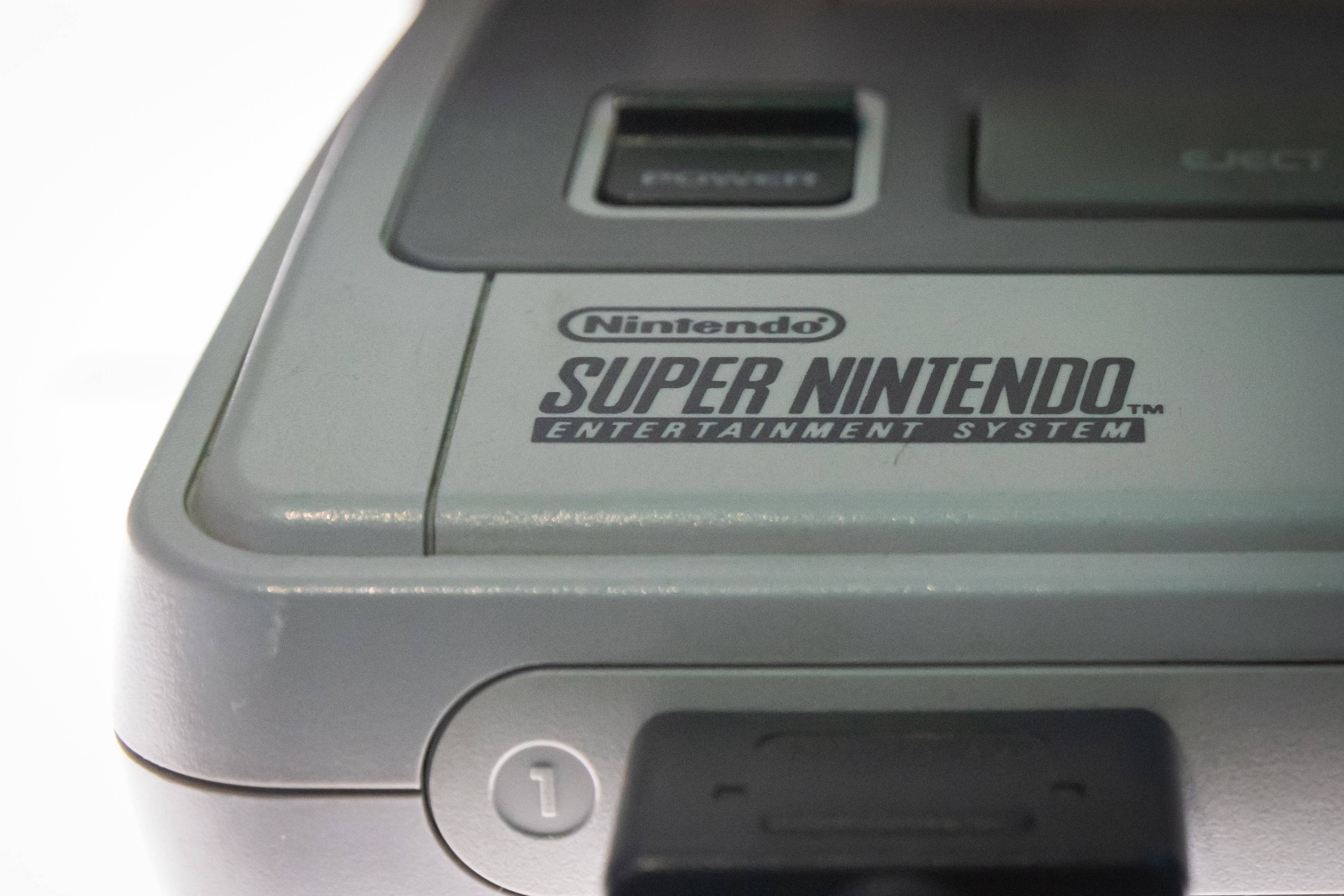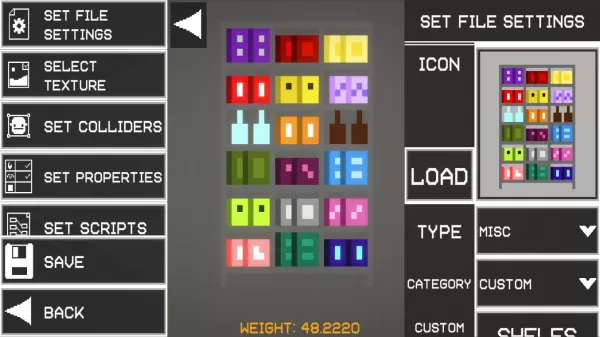The speedrunning community is buzzing with intrigue over a peculiar phenomenon: the Super Nintendo Entertainment System (SNES) appears to be running games faster as it ages. This unexpected development was brought to light by Bluesky user Alan Cecil (@tas.bot) in early February, sparking discussions across gaming forums. Cecil's observation suggests that the nearly 50 million SNES units sold worldwide might now be performing better than they did fresh off the production line in the 1990s, with games like Super Mario World, Super Metroid, and Star Fox potentially benefiting from this mysterious boost.
At first glance, the notion that a console could improve its performance over time seems far-fetched. However, Cecil's research points to a specific component: the audio processing unit (APU) SPC700. According to official Nintendo specifications, the SPC700's digital signal processing (DSP) rate is set at 32,000Hz, driven by a ceramic resonator operating at 24.576MHz. Yet, enthusiasts have long noted discrepancies, with the DSP rate varying based on environmental conditions such as temperature. These variations affect how audio is processed and sent to the CPU, subtly influencing game speed.
 The SNES appears to be getting faster with age. Photo by Aldara Zarraoa/Getty Images.
The SNES appears to be getting faster with age. Photo by Aldara Zarraoa/Getty Images.
Cecil's call for SNES owners to record data from their units has yielded over 140 responses, revealing a clear trend of increasing DSP rates over time. While earlier measurements in 2007 averaged around 32,040Hz, Cecil's recent findings show an average of 32,076Hz. Although temperature impacts these rates, the overall increase suggests the SNES is processing audio at a faster rate as it ages. Cecil's analysis, shared in a follow-up Bluesky post, indicates that the DSP rate can range from 31,965Hz to 32,182Hz under varying temperatures, yet the overall trend is upward.
Despite these intriguing findings, Cecil acknowledges that further research is needed to understand the full implications and causes of this phenomenon. Historical data from the console's early years is scarce, complicating the investigation. As the SNES approaches its 35th anniversary, it seems to be defying expectations by aging gracefully.
The potential impact on speedrunning is significant, as even a slight increase in APU speed could theoretically reduce load times and affect game performance. However, the relationship between APU speed and visual game speed is not straightforward. Even under the most extreme conditions, the time saved in speedruns might be less than a second. The community is still in the early stages of understanding how these changes could affect different games and longer speedruns.
As Cecil continues his research into the SNES's evolving performance, the console remains a topic of fascination and study. For more insights into the SNES's place in gaming history, you can explore its ranking on the list of best-selling consoles of all time.


 LATEST ARTICLES
LATEST ARTICLES 












